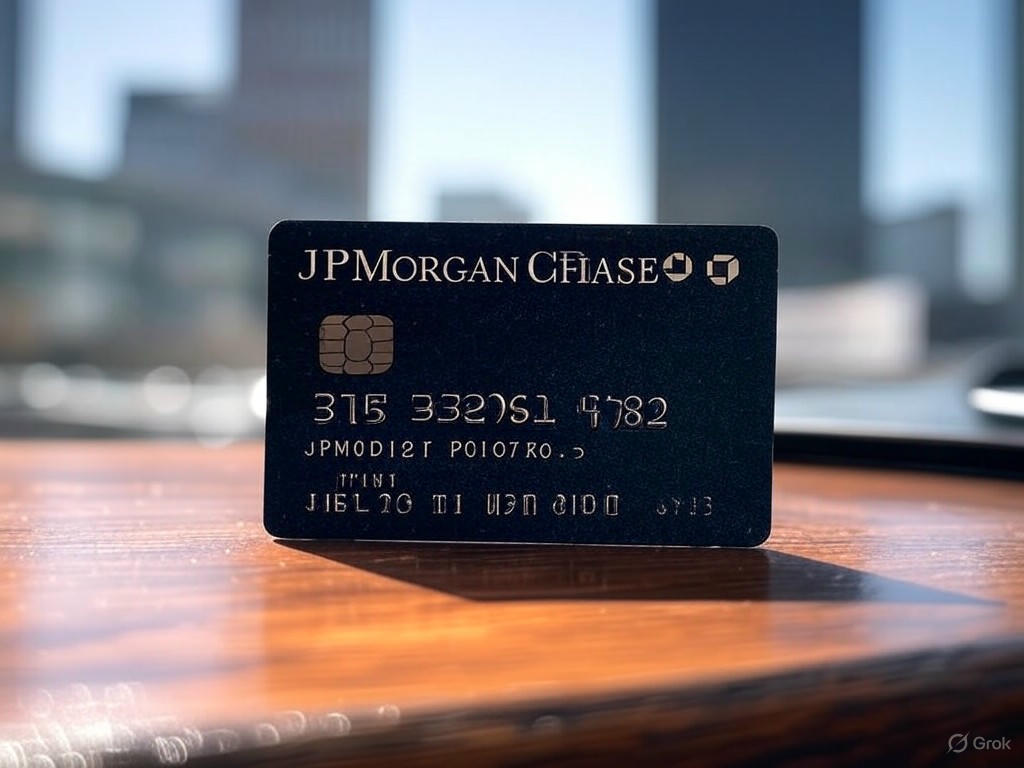Credit card annual fees are climbing to new heights, sparking debates among consumers and investors alike about the implications for financial giants like JPMorgan Chase. As card issuers justify these increases with enhanced rewards programs, premium perks, and inflation adjustments, the ripple effects are felt across the banking sector. This trend, gaining momentum in 2025, raises questions about consumer behavior and stock market performance for major players in the industry.
For many cardholders, the sting of higher annual fees is hard to ignore. These fees, often tied to premium credit cards offering travel benefits, cashback, and exclusive access, have surged as banks aim to offset rising operational costs and cater to a wealthier clientele willing to pay for luxury perks. However, this strategy risks alienating middle-income users who may opt for no-fee alternatives or reduce their credit card usage altogether. The balancing act for banks is delicate—while higher fees can boost revenue streams, they could also shrink customer bases if pushed too far. For a titan like JPMorgan, which commands a significant share of the credit card market through its Chase brand, this dynamic is particularly critical. The bank’s Sapphire and Freedom card lines are often benchmarks for industry trends, and any shift in consumer sentiment could directly impact its bottom line.
From an investor’s perspective, rising fees present a double-edged sword. On one hand, increased revenue from fees could bolster profit margins for banks heavily invested in consumer credit, potentially driving up stock prices for companies like JPMorgan, American Express, and Capital One. Analysts suggest that as long as affluent customers continue to value premium card benefits, fee hikes might translate into steady income growth. On the other hand, there’s a looming risk of regulatory scrutiny or a backlash from cost-conscious consumers, which could dampen long-term growth. If cardholders begin to default on payments or abandon high-fee cards en masse, banks might face unexpected losses, shaking investor confidence. Additionally, economic factors such as interest rate fluctuations and inflation could compound these challenges, making the outlook for banking stocks less predictable despite the initial revenue boost.
As we look ahead, the trajectory of credit card fees will likely serve as a litmus test for the financial sector’s resilience. For JPMorgan and its peers, adapting to consumer needs while maintaining profitability will be key. Banks may need to innovate by offering more customizable card options or tiered fee structures to retain diverse customer segments. Meanwhile, investors would be wise to monitor spending trends and regulatory developments closely. While the immediate impact of rising fees might paint a rosy picture for banking stocks, the sustainability of this strategy remains uncertain in an ever-evolving economic landscape. Only time will tell whether this fee surge marks a golden era for financial institutions or a misstep that costs them dearly.
